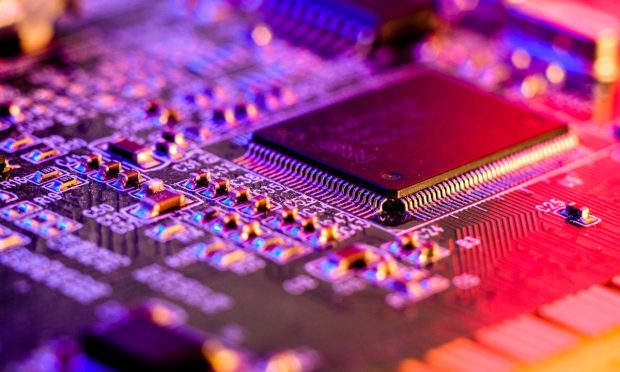Auto Suppliers Redesign Electronics to Bypass Parts Shortages

Facing continuing supply chain challenges and shortages of chips and other parts, both the suppliers of electronic components and the automakers that use those components have been redesigning products to work around the missing parts.
Suppliers have redesigned existing products to use fewer chips and to eliminate the need for any other parts that might be unavailable. Automakers have done the same with the components they add to their vehicles as well as changing their vehicle production mix — using the parts that are available to produce the vehicles that bring them the most revenue.
For example, automotive supplier Gentex reported April 22 during its most recent quarterly earnings call that it had redesigned many of its digital rearview mirrors to bypass the need for electronic components that were unobtainable.
“The company has devoted significant resources to product reengineering that has allowed us to maintain consistent supply to our customers and clear the path for better revenue levels throughout 2022 and 2023,” Gentex President and CEO Steve Downing during the call.
Rewriting Code, Changing Chips
In some cases, the company has done so more than once for the same product as different components came to be in short supply. Downing said during the call that a product may be redesigned to get around components that are in short supply, and then the Gentex team has had to go back three months later to do the same thing around different parts that have become constrained.
Executives said this not only enabled Gentex to sell the product as soon as possible, but also bolstered relationships with its original equipment manufacturer (OEM) customers and positioned it for greater profits in the future.
Another supplier, digital cockpit controller manufacturer Visteon, said April 28 during its quarterly earnings call that while supply of all semiconductors is constrained, the shortage of analog chips has been the most critical bottleneck.
“We are redesigning some of our high-volume products to use alternate chips wherever possible to mitigate semiconductor shortages,” Visteon President and CEO Sachin Lawande said during the call. “Combined with the modest improvement in the supply of analog chips and the proactive sourcing of chips from the open market, we were able to ship more products in Q1 than we were initially anticipating, resulting in the higher sales for the quarter.”
Automaker Tesla, too, has redesigned products to eliminate the need for hard-to-source parts. In January, Tesla CEO Elon Musk said during an earnings call that supply chain would continue to be the fundamental limiter of output across all factories, and that the chip shortage, while better than 2021, was still an issue.
“Last year, we spent a lot of engineering and management resources solving supply chain issues, rewriting code, changing our chips, reducing the number of chips we need,” Musk said during the call.
Dictating ‘Who Partners With Who’
Visteon noted in its presentation that because vehicle production is limited, automakers have been putting their efforts and the available components into higher trim level vehicles.
“In the supply-limited environment, the OEMs prioritized the production and sale of the higher-level trims to maximize their sales and revenue,” Lawande said.
Coping with challenges like those seen over the last two years enables suppliers to demonstrate their resiliency, value and willingness to cooperate with supply chain partners.
“I think the harsh reality is that, how suppliers have handled this is going to dictate who partners with who in the future,” Downing said during the Gentex call. “And this will take years to pick those partners and relationships. But on the electronics component side, certain suppliers have done better than others of communicating early to allow you to adjust, and OEMs are starting to pick preferred partners on the electronics side as well.”